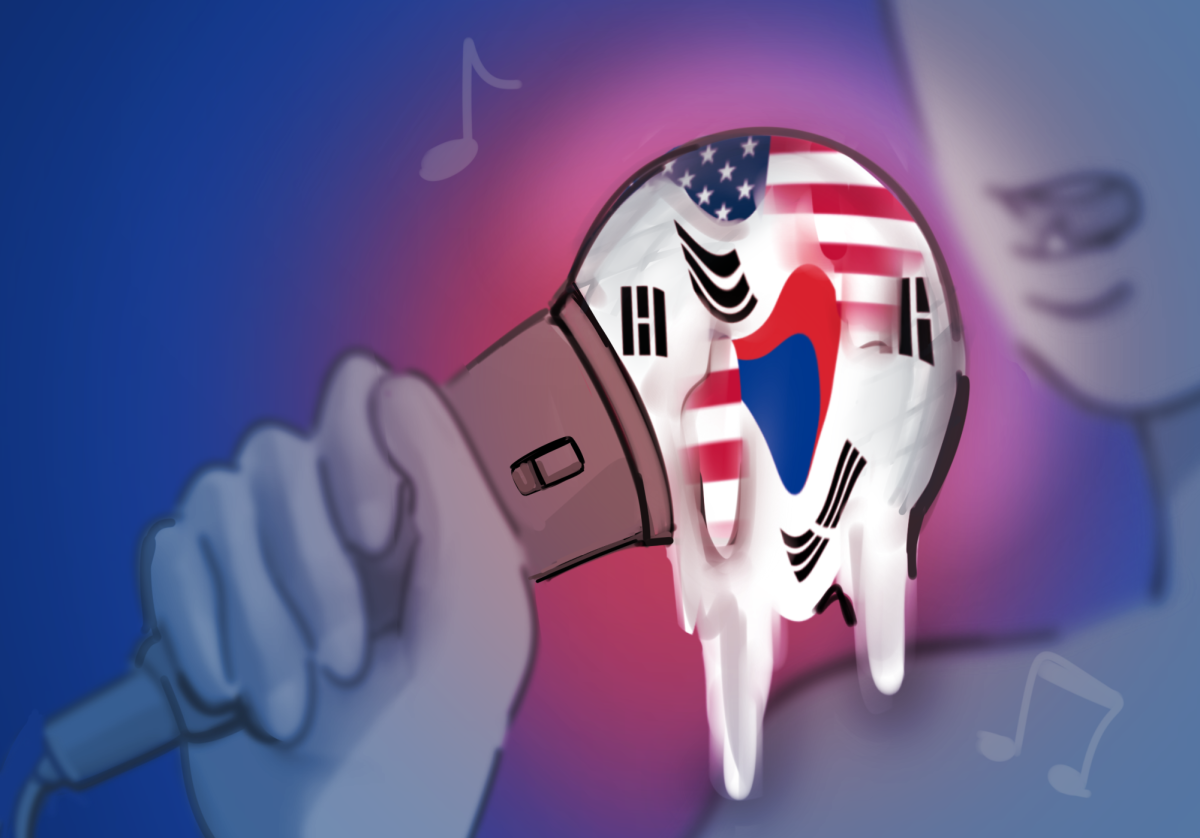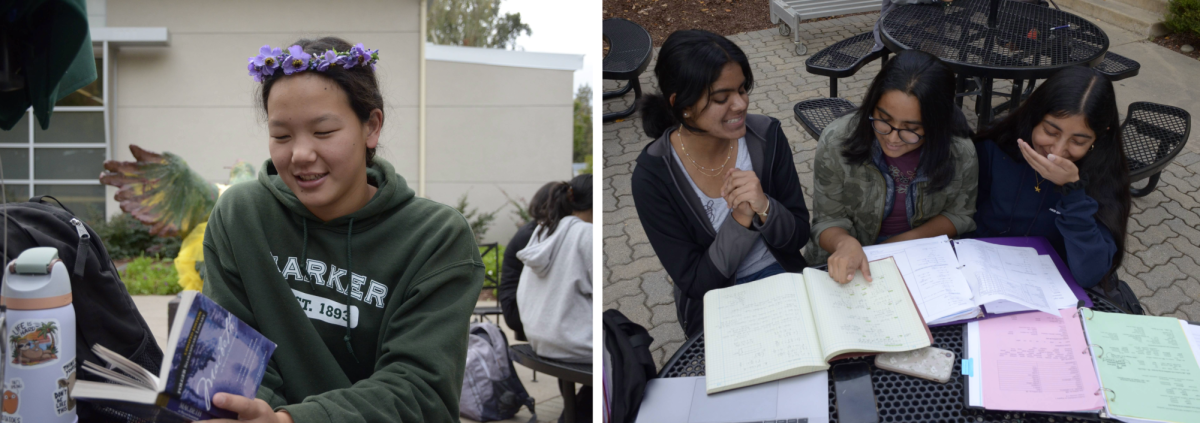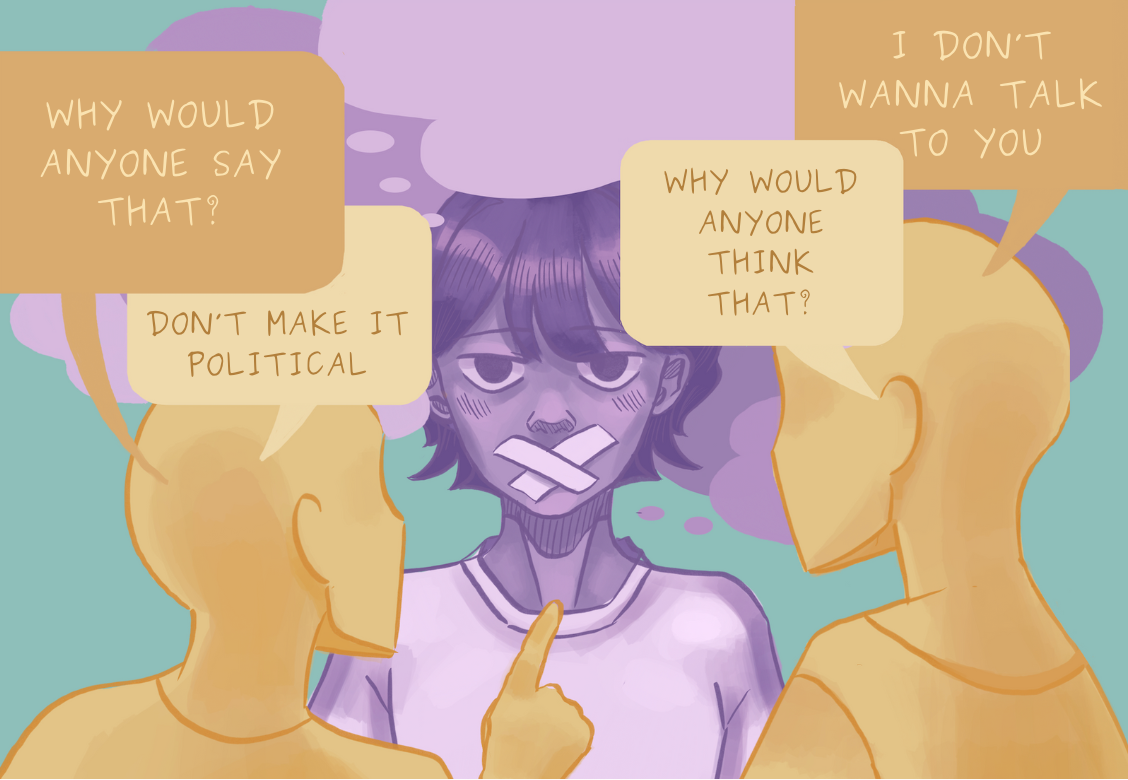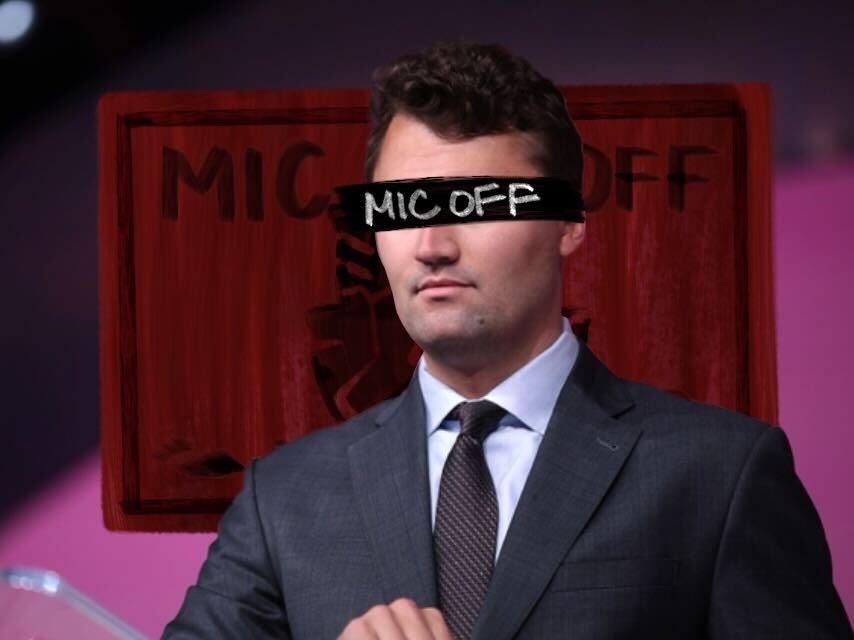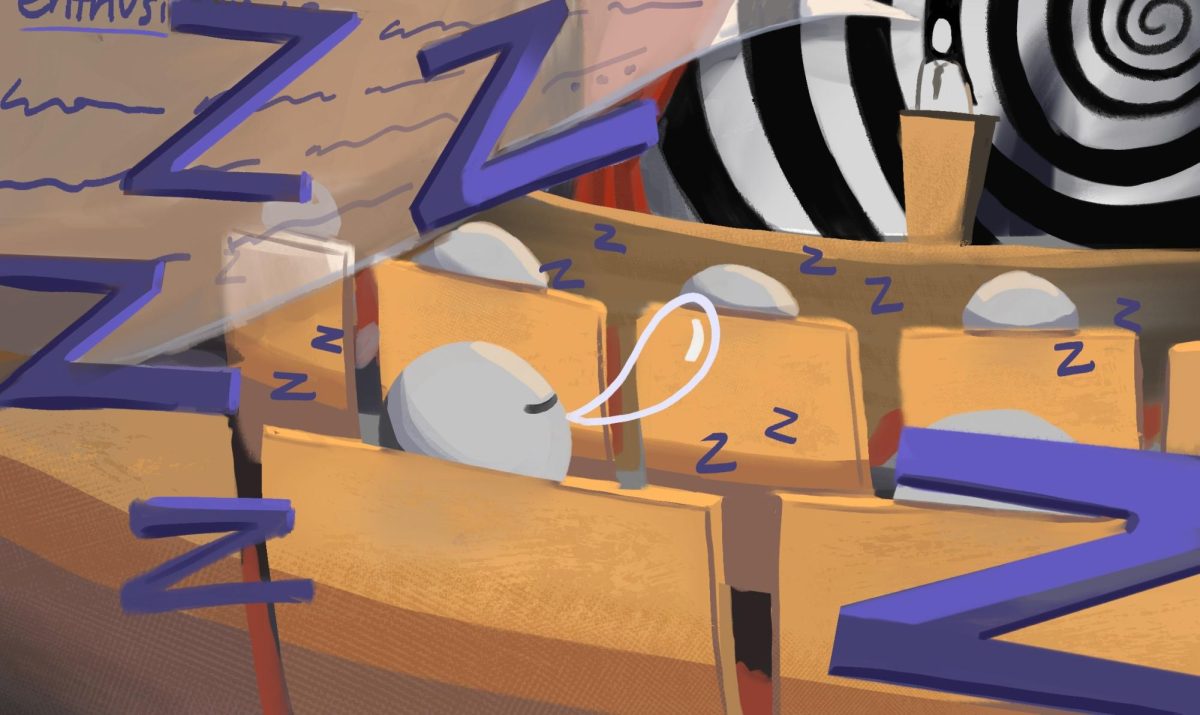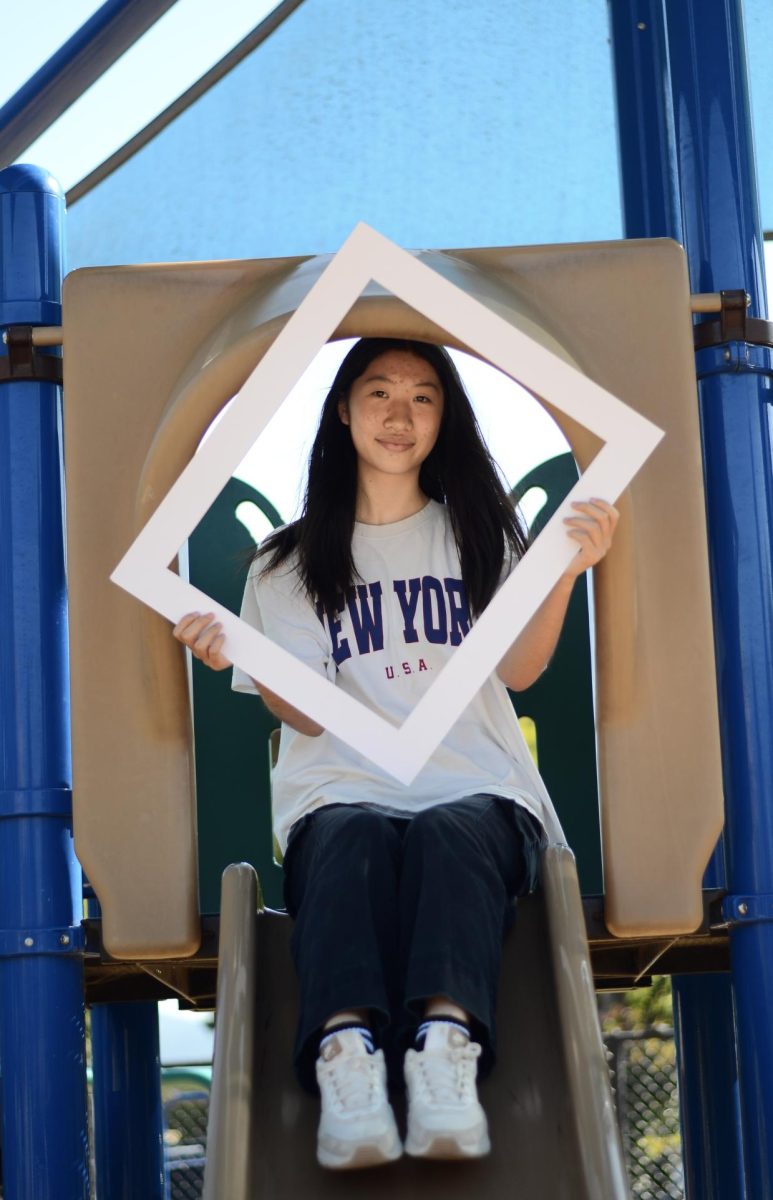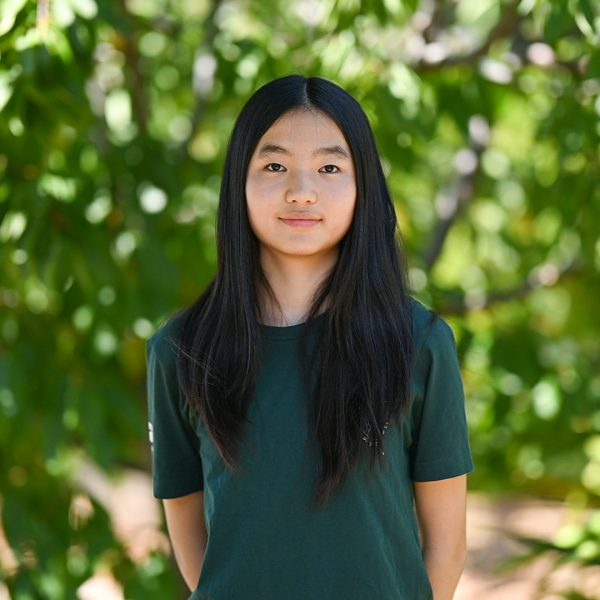A month ago, I eagerly checked the HYBE YouTube channel, excited to listen to the debut album of the brand new boy group CORTIS. Though I enjoyed American mainstream music, I looked forward to hearing something unique from HYBE’s new group, something that could only be found in the K-pop bubble. Clicking through the tracks of the album, however, I quickly noticed a strange familiarity. Were they catchy? Sure. But CORTIS’s songs were indistinguishable from the Western hits I heard on the radio every day. I couldn’t help but think: “Is this what K-pop is now?”
The first official K-pop boy group, Seo Taiji and Boys, burst onto the scene in 1992 and pioneered the genre as we know it, combining the Korean language with Western genres like rap in a way that had never been seen before. But in 2025, the genre-blending conceived by Seo Taiji and Boys is a mere shell of K-pop’s once revolutionary style. Now, the industry churns out songs that merely replicate Western ones, losing signature elements like songs’ catchy chants, consistent structure and genre-blending in favor of expanding into the American market.
It’s true that K-pop has always been influenced by Western culture: Industry giant SM Entertainment, founded in 1995 by Lee Soo Man, was initially inspired by the success of America’s MTV and pop music scene. Even so, early groups that found success in the West maintained their signature Korean identity. Groups like Girls’ Generation, despite their international recognition, catered to their Korean audiences, playing into a pure “aegyo,” or cute, image, while classic early-2010s K-pop songs like “Bar Bar Bar” by Crayon Pop and “Gangnam Style” by PSY used quirky satirical humor seen in Korean variety show culture.
As K-pop moved onto its third generation (the industry’s era in the mid-2010s, ending in 2019), groups like Twice and GFRIEND found fame for their bubbly and quirky songs and concepts, still rooted in the cultural emphasis on cuteness and musical maximalism. Hits like “IDOL,” released in 2018 by iconic group BTS, possessed an experimental, distinctively K-pop sound, combining genres from future bass to EDM.
The uniqueness that these third-generation groups offered is what initially drew me and many other fans into the industry while it was still gaining popularity in the West. Distinct from the typical pop sound, groups blended genres and layered vocals in a way that couldn’t be found outside of the K-pop sphere. Additionally, groups offered fun and cutesy concepts that were a breath of fresh air from the serious maturity of American pop acts.
However, as the 2010s came to a close, this unique Korean identity began to meld with Western influences. U.S. Spotify streams of K-pop increased 182% from 2018 to 2023. Starting in 2020, BTS began rolling out purely-English tracks that lacked their typical experimental sound, with tracks like “Dynamite” being a standard disco-pop song. Meanwhile, Twice and GFRIEND rebranded into maturity from their initial cute concept and now found more success with Western audiences with hits like Twice’s “Fancy” in 2019, their first song to surpass 300 million streams on Spotify.
By the 2020s, there was a clear shift in songs’ language distributions as companies pushed to globalize groups. As stated by a Cambridge study, prior to 2018, around half of K-pop songs had lyrics with less than 20% English. However, according to a 2023 article by The Korea Daily, English lyrics now made up around 50% of songs from popular girl groups.
I still remember K-pop in the 2010s, back when the only English lines in tracks were in the chorus, repeating the title of the song, or limited to a mere “yeah” or “baby.” The sparse nature of these lyrics made lines in English more memorable and charming: Lyrics like “shy shy shy” in Twice’s “Cheer Up” stood out from the rest of the song and acted as a fun hook. Now, nearly half of popular songs’ lyrics are in English, diminishing the “K-pop” identity of releases.
In addition to this shift in language, the adoption of overseas genres in these newer songs further conflates them with Western music.
The explosive global popularity of NewJeans in 2020, with their Y2K concept that took heavy inspiration from music genres like R&B and bedroom pop, further pushed the industry’s adoption of Western styles.
This cultural issue expands beyond replicating music genres: Specific idols like All Day Project’s Tarzzan have additionally stirred up controversy by drawing stylistic influence from Western and African American cultures, with Tarzzan angering many Western fans by replicating the behavior of Black American rappers.
There’s a line to be crossed when taking inspiration from other cultures. K-pop’s expansion onto the global stage is a development I encourage, but it should be more about the blending of culture like Seo Taiji and Boys pioneered, not the blatant copying or borrowing of sounds and styles just to suit a more global market.
Rather than hurtle ahead with westernization in an attempt to strike gold in the American market, the K-pop industry shouldn’t be afraid to look into its past for inspiration. I hope that with future releases, groups remember what it was that made thousands of fans in the West love K-pop in the first place.


















![“[Building nerf blasters] became this outlet of creativity for me that hasn't been matched by anything else. The process [of] making a build complete to your desire is such a painstakingly difficult process, but I've had to learn from [the skills needed from] soldering to proper painting. There's so many different options for everything, if you think about it, it exists. The best part is [that] if it doesn't exist, you can build it yourself," Ishaan Parate said.](https://harkeraquila.com/wp-content/uploads/2022/08/DSC_8149-900x604.jpg)




![“When I came into high school, I was ready to be a follower. But DECA was a game changer for me. It helped me overcome my fear of public speaking, and it's played such a major role in who I've become today. To be able to successfully lead a chapter of 150 students, an officer team and be one of the upperclassmen I once really admired is something I'm [really] proud of,” Anvitha Tummala ('21) said.](https://harkeraquila.com/wp-content/uploads/2021/07/Screen-Shot-2021-07-25-at-9.50.05-AM-900x594.png)







![“I think getting up in the morning and having a sense of purpose [is exciting]. I think without a certain amount of drive, life is kind of obsolete and mundane, and I think having that every single day is what makes each day unique and kind of makes life exciting,” Neymika Jain (12) said.](https://harkeraquila.com/wp-content/uploads/2017/06/Screen-Shot-2017-06-03-at-4.54.16-PM.png)








![“My slogan is ‘slow feet, don’t eat, and I’m hungry.’ You need to run fast to get where you are–you aren't going to get those championships if you aren't fast,” Angel Cervantes (12) said. “I want to do well in school on my tests and in track and win championships for my team. I live by that, [and] I can do that anywhere: in the classroom or on the field.”](https://harkeraquila.com/wp-content/uploads/2018/06/DSC5146-900x601.jpg)
![“[Volleyball has] taught me how to fall correctly, and another thing it taught is that you don’t have to be the best at something to be good at it. If you just hit the ball in a smart way, then it still scores points and you’re good at it. You could be a background player and still make a much bigger impact on the team than you would think,” Anya Gert (’20) said.](https://harkeraquila.com/wp-content/uploads/2020/06/AnnaGert_JinTuan_HoHPhotoEdited-600x900.jpeg)

![“I'm not nearly there yet, but [my confidence has] definitely been getting better since I was pretty shy and timid coming into Harker my freshman year. I know that there's a lot of people that are really confident in what they do, and I really admire them. Everyone's so driven and that has really pushed me to kind of try to find my own place in high school and be more confident,” Alyssa Huang (’20) said.](https://harkeraquila.com/wp-content/uploads/2020/06/AlyssaHuang_EmilyChen_HoHPhoto-900x749.jpeg)




